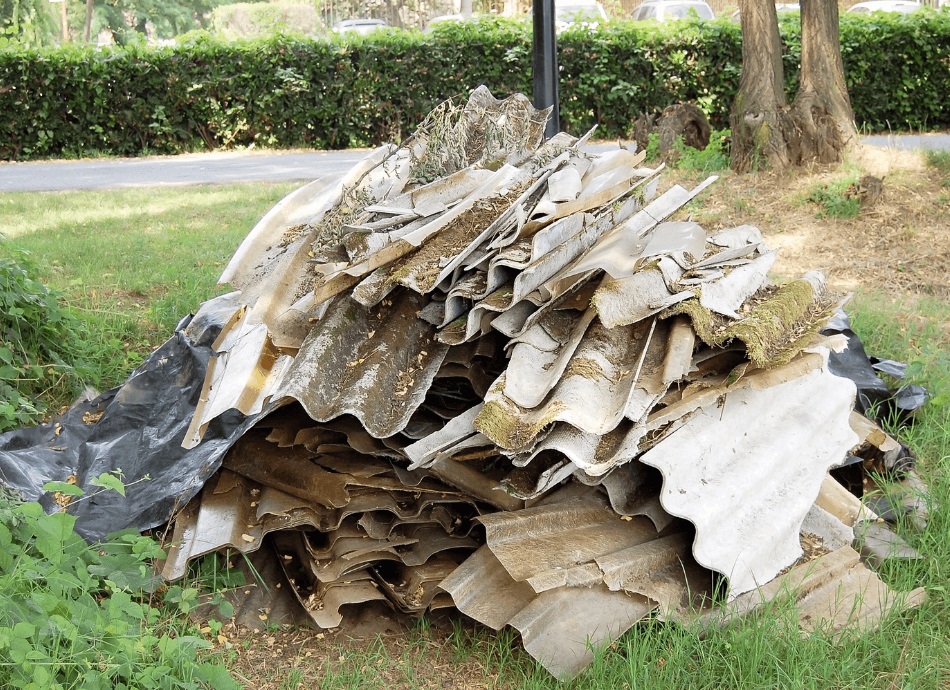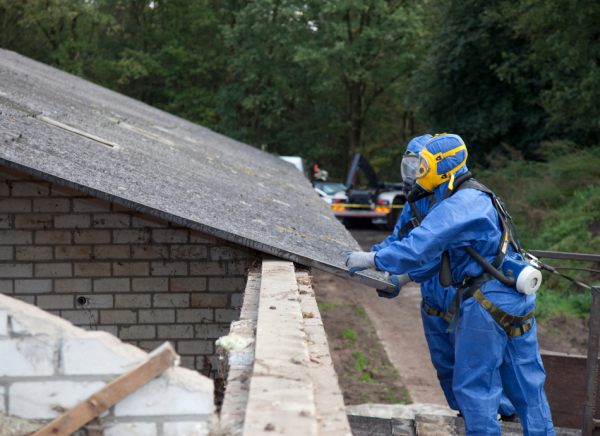Wishing everyone a safe and happy Christmas and New Year – Meri Kirihimete from the Healthify team.
Mesothelioma
Key points about mesothelioma
- A mesothelioma is a rare kind of cancer that grows from the lining around your lungs, heart, around the organs in your tummy, or your testes.
- It's most often caused by breathing in asbestos fibres.
- Mesothelioma is most likely to happen to older men who have worked in manufacturing or building trades.
- It's most likely to start with a cough which won’t go away, pain in your chest or weight loss for no reason.

Mesothelium is the name for the tissue that lines your lungs, stomach, heart and other organs. It looks like cling film and makes a protective covering to help your organs slide over each other when you move.
Rarely, a cancer called a mesothelioma can grow from this tissue. It usually grows from the lining of your lungs (pleural mesothelioma) but can grow from the lining around the organs of your tummy (peritoneal mesothelioma), heart (pericardial mesothelioma) or testes.
Video: What is mesothelioma?
This video may take a few moments to load.
(Macmillan Cancer Support, UK, 2020)
Most people who get mesothelioma have been exposed to airborne asbestos fibres or dust particles at some stage in their lives.
Asbestos is a group of naturally occurring minerals that were used in machinery parts and building products. Asbestos is fire resistant and provides good insulation. When products containing asbestos are worn down, the tiny fibres float in the air. When they're breathed in or eaten your body can't break them down or get rid of them. The fibres stay in your body causing scarring and damage which can eventually lead to cancer or other asbestos-related diseases.
To protect workers from this serious disease, there are now strict rules about working with any asbestos-containing materials.

Image credit: Canva
Mesothelioma is a rare cancer. There were 102 new cases in Aotearoa New Zealand in 2017. Most cases of mesothelioma are seen in workers who were exposed to asbestos 10– 50 years earlier, It's usually found in the chest (pleural mesothelioma) especially in older men who have worked in building or manufacturing industries.
Sometimes mesothelioma happens in people who have no known connection to asbestos. This may be due to asbestos fibres on a family member's work clothes.
New Zealand banned imports of raw asbestos in 1984 and the import of all asbestos containing products in 2016.
Pleural or pericardial mesothelioma
Symptoms of a mesothelioma in your chest can include:
- shortness of breath or trouble breathing
- a persistent cough
- chest pain
- fever and sweating particularly at night
- unexpected weight loss
- extreme tiredness.
Peritoneal mesothelioma
Symptoms of a mesothelioma in your tummy can include:
- pain, swelling or lumps in your abdomen (tummy)
- nausea (feeling sick) and vomiting (being sick)
- loss of appetite
- diarrhoea (runny poo) or constipation (problems passing poo).
If your healthcare provider suspects a mesothelioma they will arrange a chest X-ray. They will refer you to a hospital specialist. You may need other tests like a CT scan and a biopsy (a small piece of a lump taken to send to the laboratory to be looked at under a microscope).
If you've been exposed to asbestos in the past, and have a mesothelioma, you can access financial support for treatment from ACC. This is called a work-related gradual process claim. It can be made through your healthcare provider.
Mesothelioma is often found when it's already too advanced to remove. Treatment is aimed at controlling symptoms and providing the best quality of life for as long as possible. Your specialist will discuss the best options for your situation.
Common options include:
- Surgery – most of the time it's not possible to remove all of the cancer. Part of the cancer, part of the lung or some of the lining around the lungs can be removed to improve breathing and pain. If fluid builds up in your chest and makes breathing difficult this can be drained through a tube. Sometimes medicine is injected to stop fluid from building up again (pleurodesis).
- Chemotherapy – medicines can be used before or after surgery to kill cancer cells.
- Radiation treatment – uses high energy beams to kill cancer cells left over after surgery. It can be used to reduce symptoms in situations where mesothelioma is advanced and surgery isn’t an option.
- Immunotherapy – uses medicines which alert your own immune system to fight cancer.
The following links take you to other websites that provide further information on mesothelioma. Be aware that websites from other countries may contain information that differs from New Zealand recommendations.
Mesothelioma(external link) Cancer Council Victoria, Australia
Mesothelioma(external link) NHS, UK
Working with asbestos(external link) Worksafe NZ
Malignant mesothelioma(external link) NIH, National Library of Medicine, US
Radiation treatment Cancer Society, NZ, 2018
References
Mesothelioma(external link) Mayo Clinic, US
Mesothelioma(external link) Cancer Society, NZ
Asbestos request for official information from NZ Cancer Registry(external link) Ministry of Health, NZ
Claim process
If someone presents with mesothelioma, it is important to consider if this is due to work exposure. If yes, submit an ACC45 and tick the 'work-related gradual process injury' box.
Research
Kjellstrom T, Smartt P. Increased mesothelioma incidence in New Zealand: the asbestos-cancer epidemic has started(external link). N Z Med J. 2000 Nov 24;113(1122):485-90.
Takala J, Hämäläinen P, Saarela KL, et al. Global estimates of the burden of injury and illness at work in 2012(external link) J Occup Environ. Hyg 2014;11(5):326-337.
Malignant mesothelioma treatment (PDQ®) – health professional version(external link) National Cancer Institute, National Institutes of Health USA, 2015
Credits: Healthify editorial team. Healthify is brought to you by Health Navigator Charitable Trust.
Reviewed by: Dr Emma Dunning, Clinical Editor and Advisor
Last reviewed:





